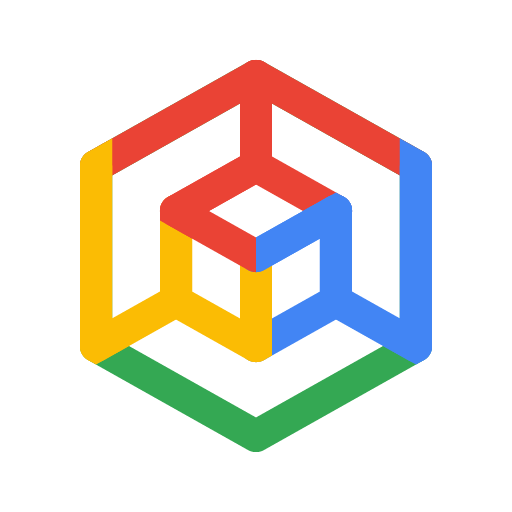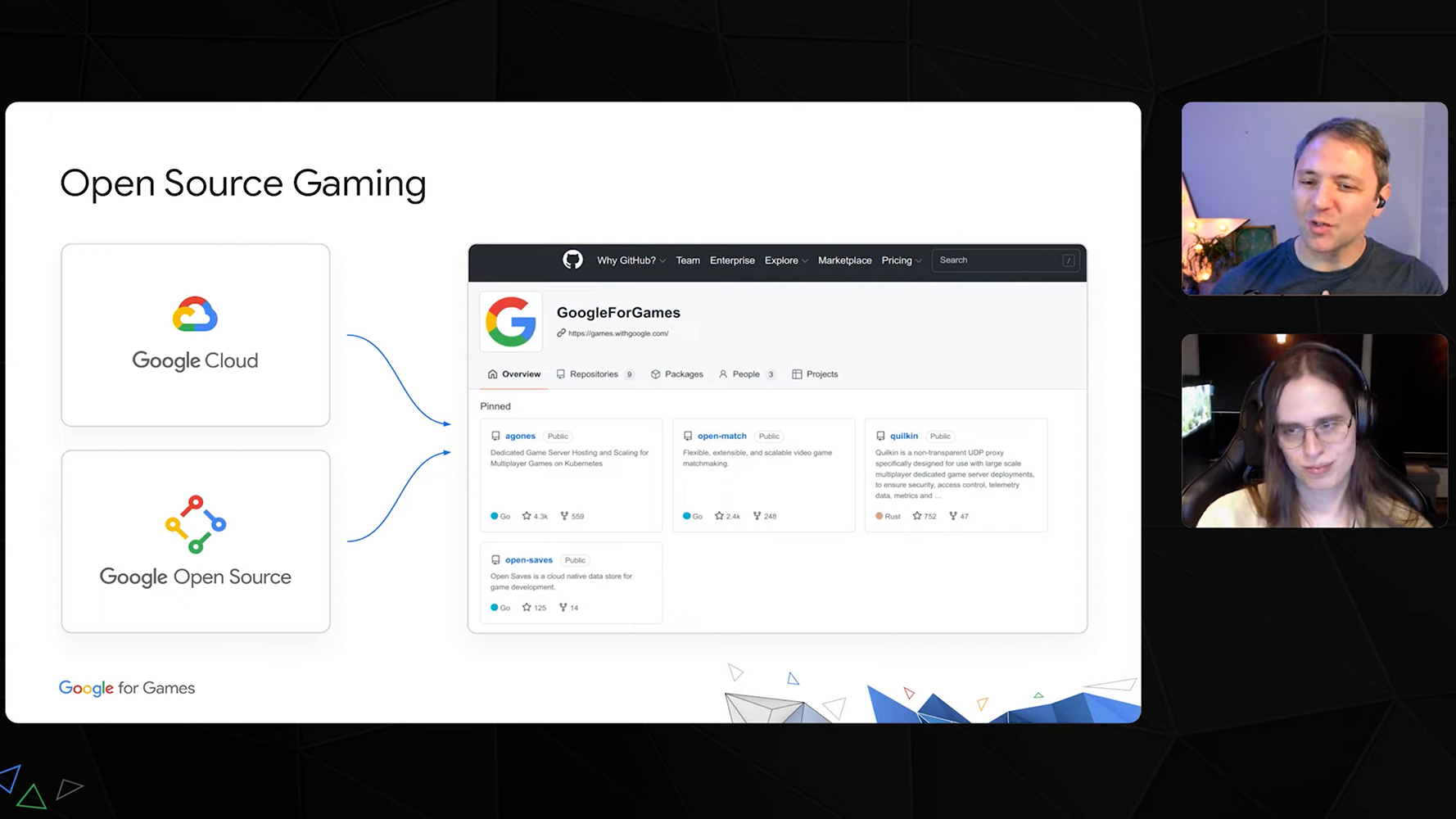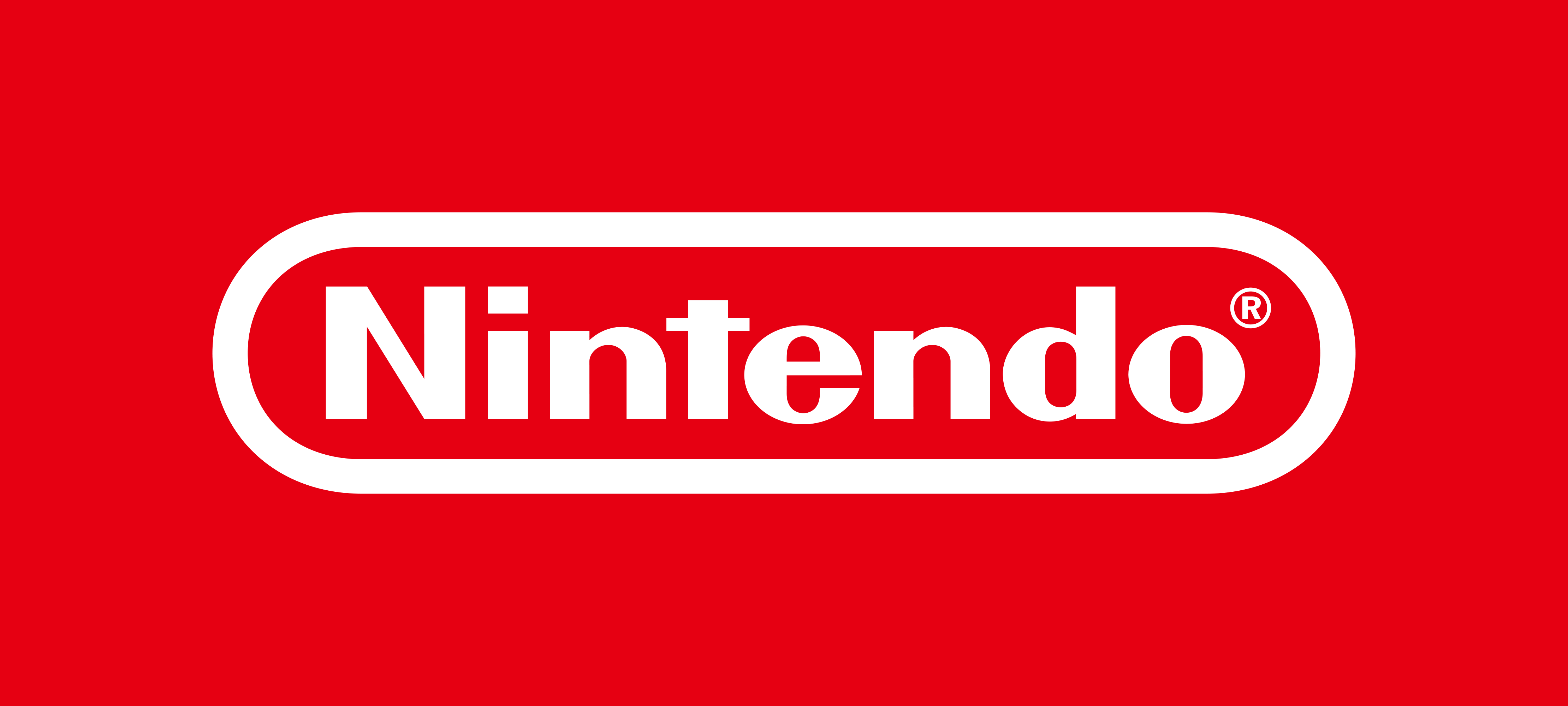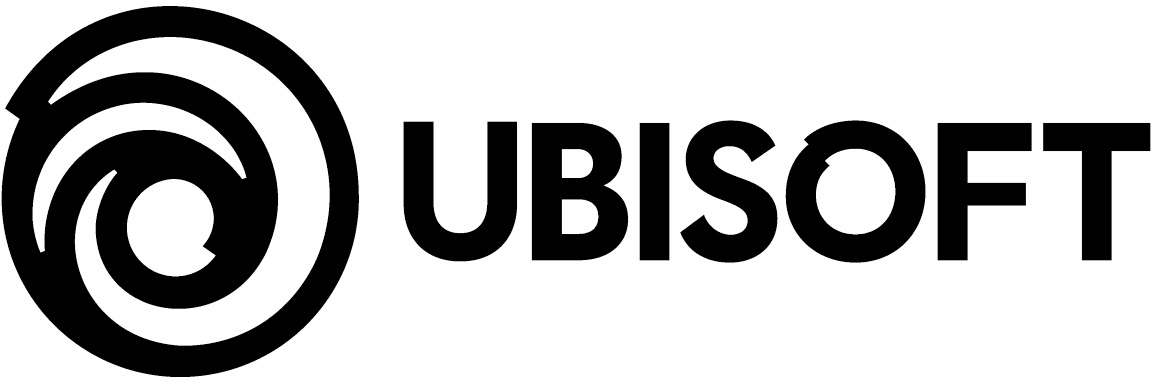
라이브 게임을 위한 생태계
Google은 수십억 명이 사용하는 실시간 서비스를 운영합니다. Google Cloud로 세계적 수준의 기술, 성능, 확장성을 활용하세요.
Google의 생성형 AI 기능을 통해 실시간 게임을 살아있는 차세대 게임으로 업그레이드하세요.
Google Cloud의 솔루션을 사용하면 우수한 게임을 제공하고 플레이어에게 즐거움을 주는 새로운 방법을 발견하여 플레이어가 다시 방문하도록 유도합니다.
게임을 위한 클라우드 인프라
기대치가 높은 플레이어가 전 세계에 더 많아졌습니다
Google Cloud의 솔루션 생태계를 사용하면 전 세계 모든 곳의 플레이어에게 안정적으로 서비스를 제공할 수 있습니다. 신속하게 생성, 확장, 대응하세요.
“우리의 목표는 플레이어가 게임에 집중할 수 있도록 가장 원활하고 우수한 서비스를 제공하는 새로운 방법을 끊임없이 찾는 것입니다. …이번 협력을 통해 대규모 Kubernetes 배포에 대한 Google Cloud의 전문성과 게임 개발 파이프라인 및 기술에 대한 깊이 있는 지식을 모두 활용할 수 있었습니다.”
칼 디온느, Ubisoft 온라인 기술 그룹 개발 책임자
게임용 데이터베이스 및 분석
이용자층이 성장함에 따라 알아야 할 것이 많아집니다.
처음에 Google의 자체 소비자 서비스용으로 구축된 Google Cloud의 실시간 데이터베이스는 독보적인 규모로 확장됩니다. 리전과 게임 전반에서 모든 데이터를 활용, 보호, 확장하세요.
“인프라에서 데이터 웨어하우스뿐만 아니라 초당 수십만 개의 동시 연결을 지원해야 하는데 Google에서 이러한 요구사항을 해결할 수 있다는 사실을 알게 되었습니다.”
자크 에라스무스, King CIO
게임을 위한 분석 및 AI
플레이어를 확보하고 유지하기 위한 비결은 데이터에 있습니다
성공적인 게임은 방대한 양의 데이터를 생성합니다. Google Cloud의 AI 및 분석 솔루션은 방대한 데이터를 사실과 유용한 정보로 추출하는 데 도움이 됩니다.
게임을 위한 주요 솔루션
게임용 오픈소스
최대 규모의 게임들이 기존 도구 및 기술과 통합되어야 합니다.
처음부터 시작하지 않고도 커스텀 솔루션을 만들 수 있습니다. Google에서 설립한 오픈소스 프로젝트를 사용해 보세요. Open Match와 같은 게임별 프로젝트에서 Kubernetes와 같은 업계 표준에 이르기까지 다양합니다.
게임용 AI
최첨단 생성형 AI로 게임에 생동감 불어넣기
Vertex AI를 사용하여 생성형 AI를 개발 파이프라인에 통합합니다. Google Kubernetes Engine에 AI 모델을 배포하여 완전히 새로운 플레이어 환경을 조성합니다.
플레이어에게 서비스 제공
게임을 위한 클라우드 인프라
기대치가 높은 플레이어가 전 세계에 더 많아졌습니다
Google Cloud의 솔루션 생태계를 사용하면 전 세계 모든 곳의 플레이어에게 안정적으로 서비스를 제공할 수 있습니다. 신속하게 생성, 확장, 대응하세요.
“우리의 목표는 플레이어가 게임에 집중할 수 있도록 가장 원활하고 우수한 서비스를 제공하는 새로운 방법을 끊임없이 찾는 것입니다. …이번 협력을 통해 대규모 Kubernetes 배포에 대한 Google Cloud의 전문성과 게임 개발 파이프라인 및 기술에 대한 깊이 있는 지식을 모두 활용할 수 있었습니다.”
칼 디온느, Ubisoft 온라인 기술 그룹 개발 책임자
게임 이해하기
게임용 데이터베이스 및 분석
이용자층이 성장함에 따라 알아야 할 것이 많아집니다.
처음에 Google의 자체 소비자 서비스용으로 구축된 Google Cloud의 실시간 데이터베이스는 독보적인 규모로 확장됩니다. 리전과 게임 전반에서 모든 데이터를 활용, 보호, 확장하세요.
“인프라에서 데이터 웨어하우스뿐만 아니라 초당 수십만 개의 동시 연결을 지원해야 하는데 Google에서 이러한 요구사항을 해결할 수 있다는 사실을 알게 되었습니다.”
자크 에라스무스, King CIO
플레이어 이해하기
게임을 위한 분석 및 AI
플레이어를 확보하고 유지하기 위한 비결은 데이터에 있습니다
성공적인 게임은 방대한 양의 데이터를 생성합니다. Google Cloud의 AI 및 분석 솔루션은 방대한 데이터를 사실과 유용한 정보로 추출하는 데 도움이 됩니다.
게임을 위한 주요 솔루션
기술 강화
게임용 오픈소스
최대 규모의 게임들이 기존 도구 및 기술과 통합되어야 합니다.
처음부터 시작하지 않고도 커스텀 솔루션을 만들 수 있습니다. Google에서 설립한 오픈소스 프로젝트를 사용해 보세요. Open Match와 같은 게임별 프로젝트에서 Kubernetes와 같은 업계 표준에 이르기까지 다양합니다.
살아있는 게임 만들기
게임용 AI
최첨단 생성형 AI로 게임에 생동감 불어넣기
Vertex AI를 사용하여 생성형 AI를 개발 파이프라인에 통합합니다. Google Kubernetes Engine에 AI 모델을 배포하여 완전히 새로운 플레이어 환경을 조성합니다.

















































